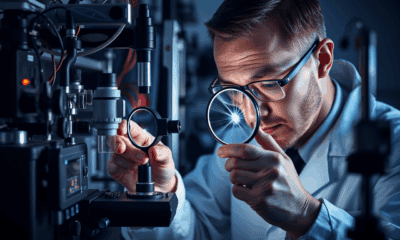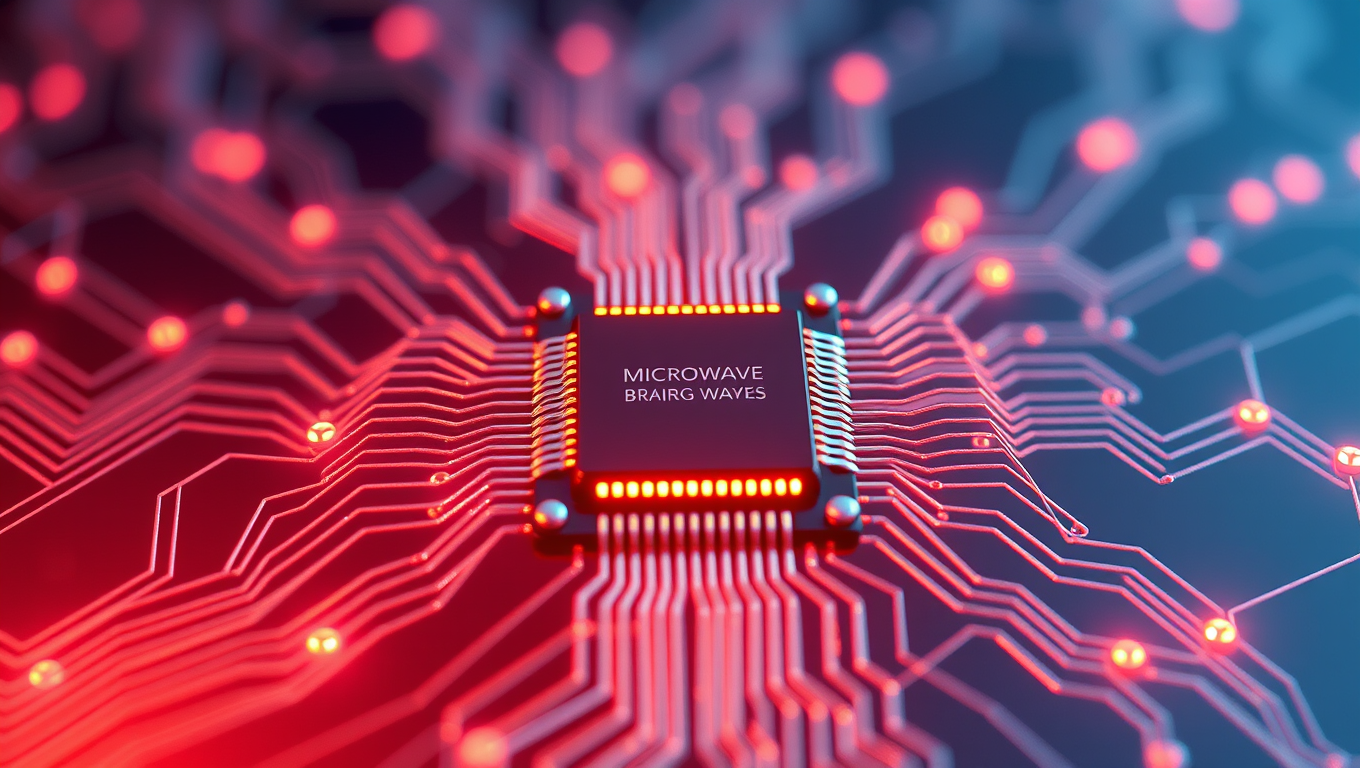While we try to keep things accurate, this content is part of an ongoing experiment and may not always be reliable.
Please double-check important details — we’re not responsible for how the information is used.
Computer Science
Unlocking Blue OLED Longevity: A Breakthrough for Energy-Efficient Displays
Blue phosphorescent OLEDs can now last as long as the green phosphorescent OLEDs already in devices, researchers have demonstrated, paving the way for further improving the energy efficiency of OLED screens.

Computer Graphics
Cracking the Code: Scientists Breakthrough in Quantum Computing with a Single Atom
A research team has created a quantum logic gate that uses fewer qubits by encoding them with the powerful GKP error-correction code. By entangling quantum vibrations inside a single atom, they achieved a milestone that could transform how quantum computers scale.
Civil Engineering
A Groundbreaking Magnetic Trick for Quantum Computing: Stabilizing Qubits with Exotic Materials
Researchers have unveiled a new quantum material that could make quantum computers much more stable by using magnetism to protect delicate qubits from environmental disturbances. Unlike traditional approaches that rely on rare spin-orbit interactions, this method uses magnetic interactions—common in many materials—to create robust topological excitations. Combined with a new computational tool for finding such materials, this breakthrough could pave the way for practical, disturbance-resistant quantum computers.
Artificial Intelligence
“Revolutionizing Computing with the ‘Microwave Brain’ Chip”
Cornell engineers have built the first fully integrated “microwave brain” — a silicon microchip that can process ultrafast data and wireless signals at the same time, while using less than 200 milliwatts of power. Instead of digital steps, it uses analog microwave physics for real-time computations like radar tracking, signal decoding, and anomaly detection. This unique neural network design bypasses traditional processing bottlenecks, achieving high accuracy without the extra circuitry or energy demands of digital systems.
-

 Detectors8 months ago
Detectors8 months agoA New Horizon for Vision: How Gold Nanoparticles May Restore People’s Sight
-

 Earth & Climate9 months ago
Earth & Climate9 months agoRetiring Abroad Can Be Lonely Business
-

 Cancer9 months ago
Cancer9 months agoRevolutionizing Quantum Communication: Direct Connections Between Multiple Processors
-

 Albert Einstein9 months ago
Albert Einstein9 months agoHarnessing Water Waves: A Breakthrough in Controlling Floating Objects
-

 Earth & Climate9 months ago
Earth & Climate9 months agoHousehold Electricity Three Times More Expensive Than Upcoming ‘Eco-Friendly’ Aviation E-Fuels, Study Reveals
-

 Diseases and Conditions9 months ago
Diseases and Conditions9 months agoReducing Falls Among Elderly Women with Polypharmacy through Exercise Intervention
-

 Chemistry8 months ago
Chemistry8 months ago“Unveiling Hidden Patterns: A New Twist on Interference Phenomena”
-

 Agriculture and Food9 months ago
Agriculture and Food9 months ago“A Sustainable Solution: Researchers Create Hybrid Cheese with 25% Pea Protein”





























